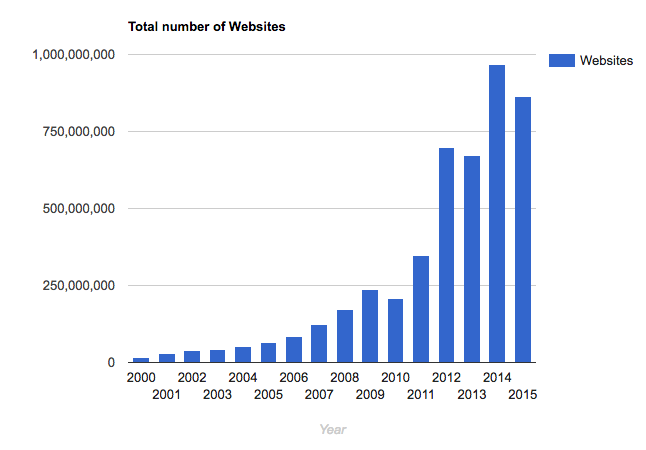The App Platform Solution to Scaling Mobile Apps at Your Org
How can an app platform allow you to scale your use of mobile apps?
In today’s organizations, IT executives and teams are acutely aware of the mobile digital transformation. No one is surprised that other members of the organization are asking regularly for mobile resources:
“Can we create an app for this?”
“I’d like to have an app for our next meeting – is that possible?”
“It seems like we should be able to do this without printing everything.”
People are instinctively aware, at this point, that their lives would be easier if their information was on their smartphone or tablet – and so they come to you for help.
The problem an app platform solves
There are two sources of external pressure when it comes to creating mobile apps within your organization. First, there’s the top-down squeeze.
Many companies have adopted policies of “digital transformation” or “mobile first” without a lot of explanation as to what that means, or how exactly to get there. Your executives just know that there are efficiencies to be had in digitizing your business and making it mobile. And they’re not wrong. MIT found that companies who embrace digital transformation are 26% more profitable than their average industry competitors.
From the other end, you also have bottom-up pressure as well. Other departments have the same mandate and they’re not sure how to meet both the demand of the C-Suite and all of the employees they support who are begging for better ways of communicating (ones that match the ways they do in their personal lives).
Digital transformation implies a willingness to embrace immediate, wholesale, digital change. That’s not going to happen building behemoth bespoke apps at a cost of $200,000 or more per implementation. Hence, the app platform.
What is an app platform?
Did you know there are over 1 billion websites in the world today? How did we get there? Let’s take a look at the growth:
-

Graph courtesy of internetlivestats.com.
It’s no coincidence that we see the bar almost double from 2011 to 2012, also the year that both Squarespace and Wix rolled out major overhauls of their easy website platforms. By democratizing website creation and taking away the technical element, it allowed for anyone to start making websites, so they did. By 2012 everyone knew that a website was one of the most effective ways to communicate, and finally they had a way to take advantage of it.
The same is about to happen with apps.
An app platform can do for mobile apps what Squarespace and Wix did for websites. With a cloud-based SaaS solution to deploy mobile apps, you can empower people within your organization to not only populate an app with content, but also take ownership over its creation and publishing. And like other SaaS platforms, the cost scales since you don’t have to start from scratch each time.
What does an app platform look like?
At Guidebook, we’ve had the privilege of creating the world’s first full-featured app platform. Thousands of companies (large and small), schools, and individual events use Guidebook to create mobile apps.
The secret to the whole operation is a sleek user interface that we call Builder. It’s easy enough to be used by anyone, regardless of their comfortability with technology. Builder is the system that allows you or members of your organization to create, populate, and maintain mobile apps.


